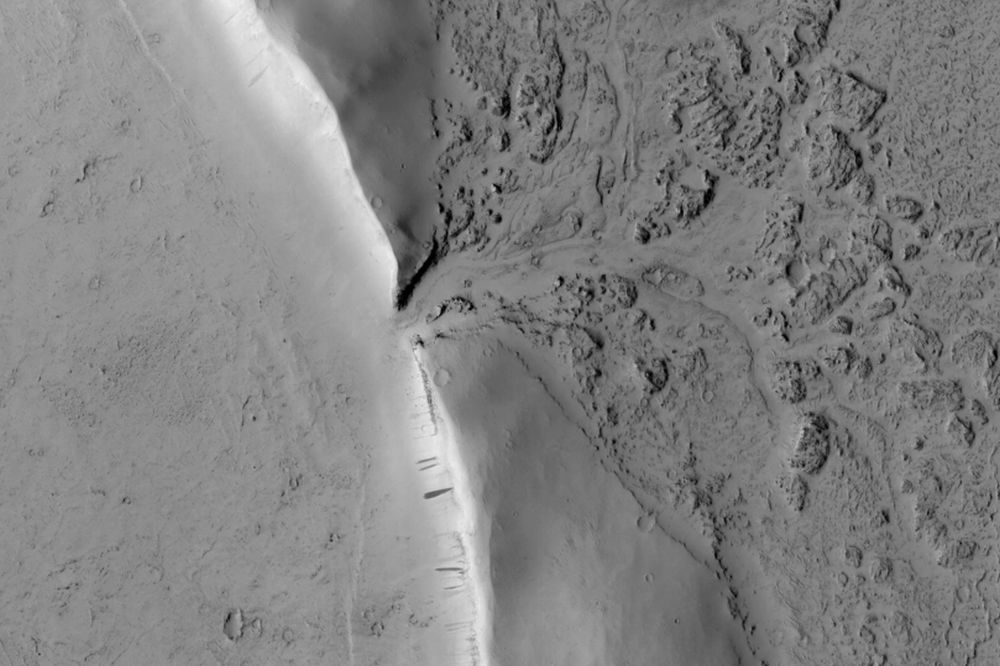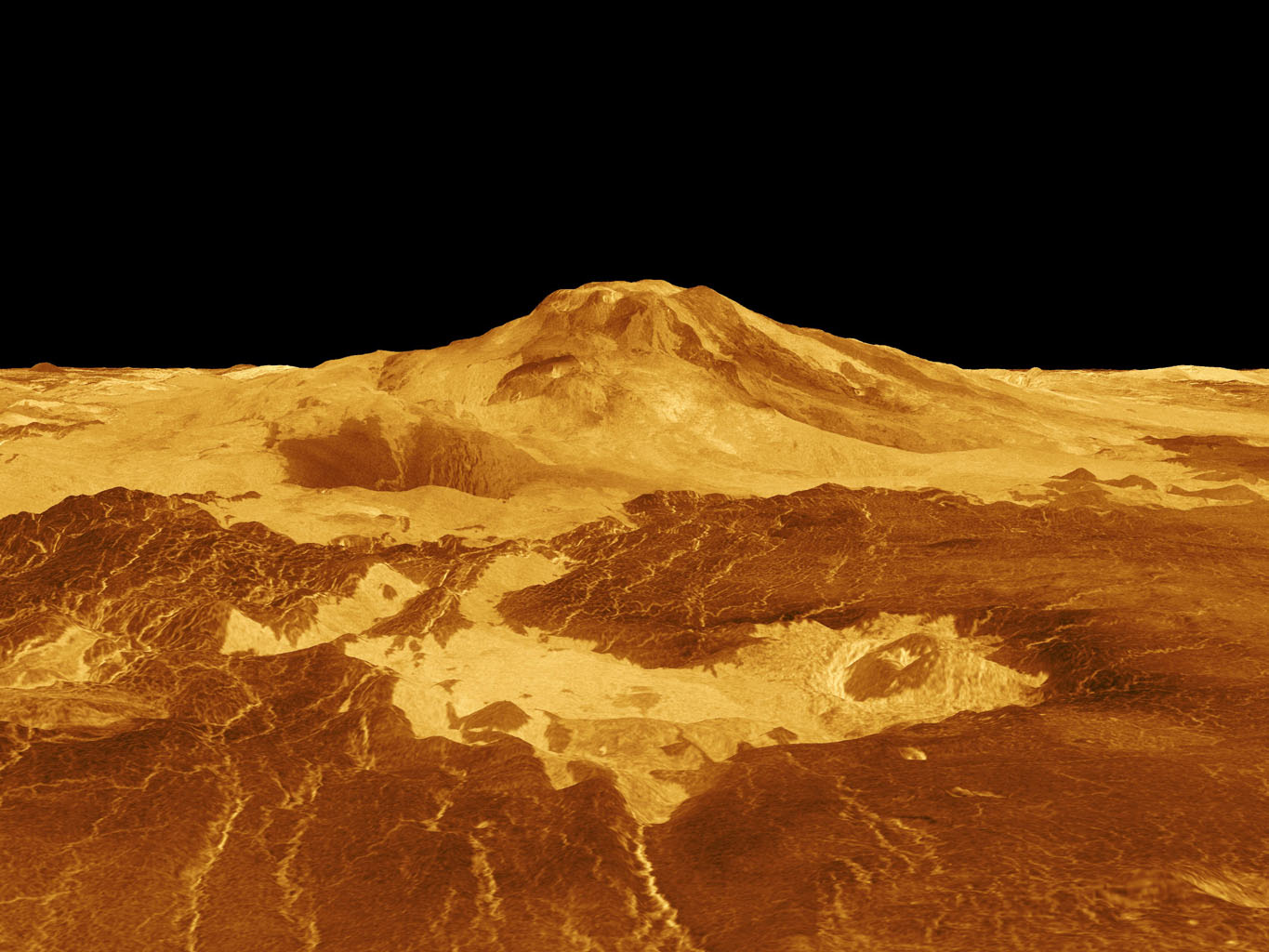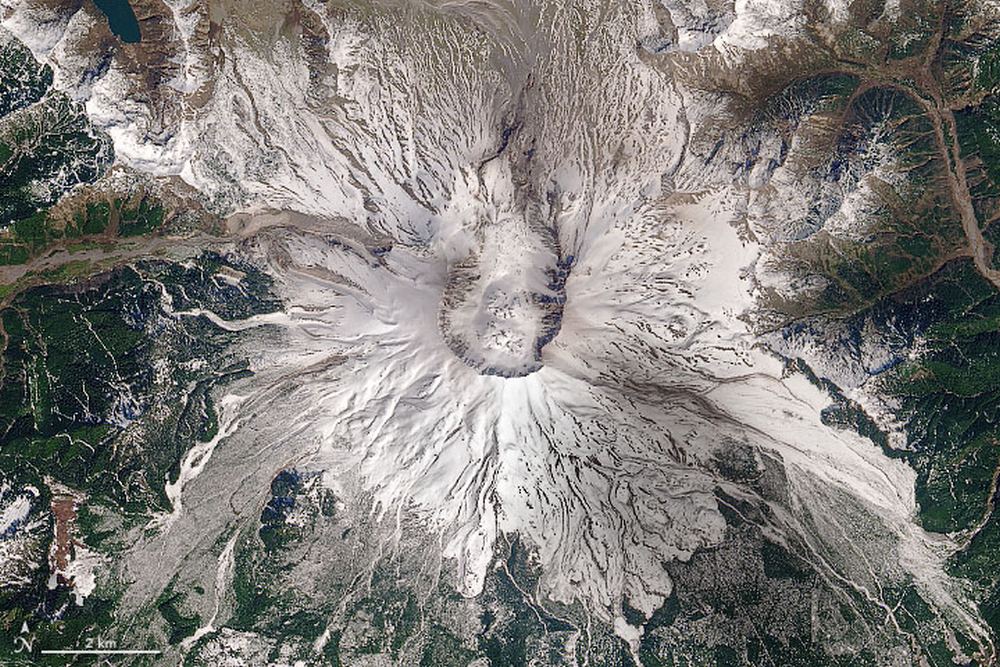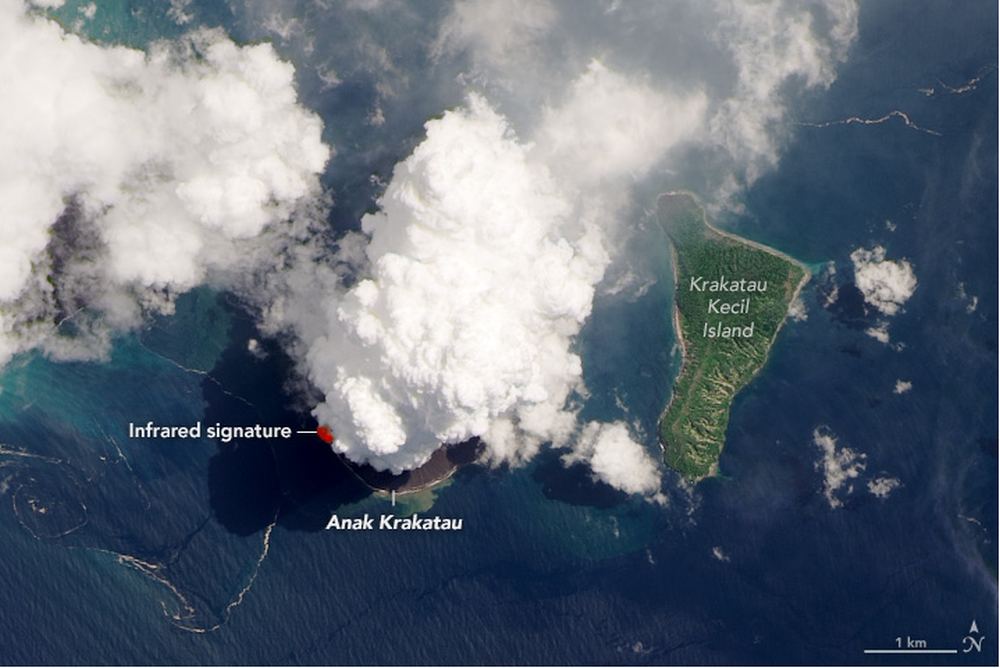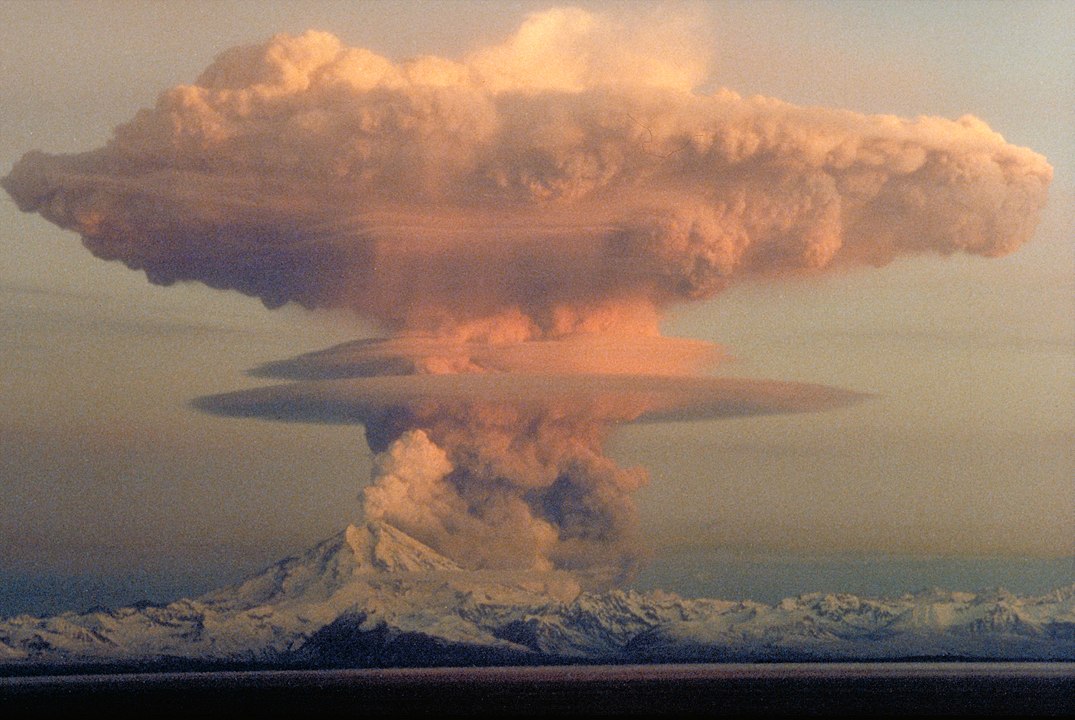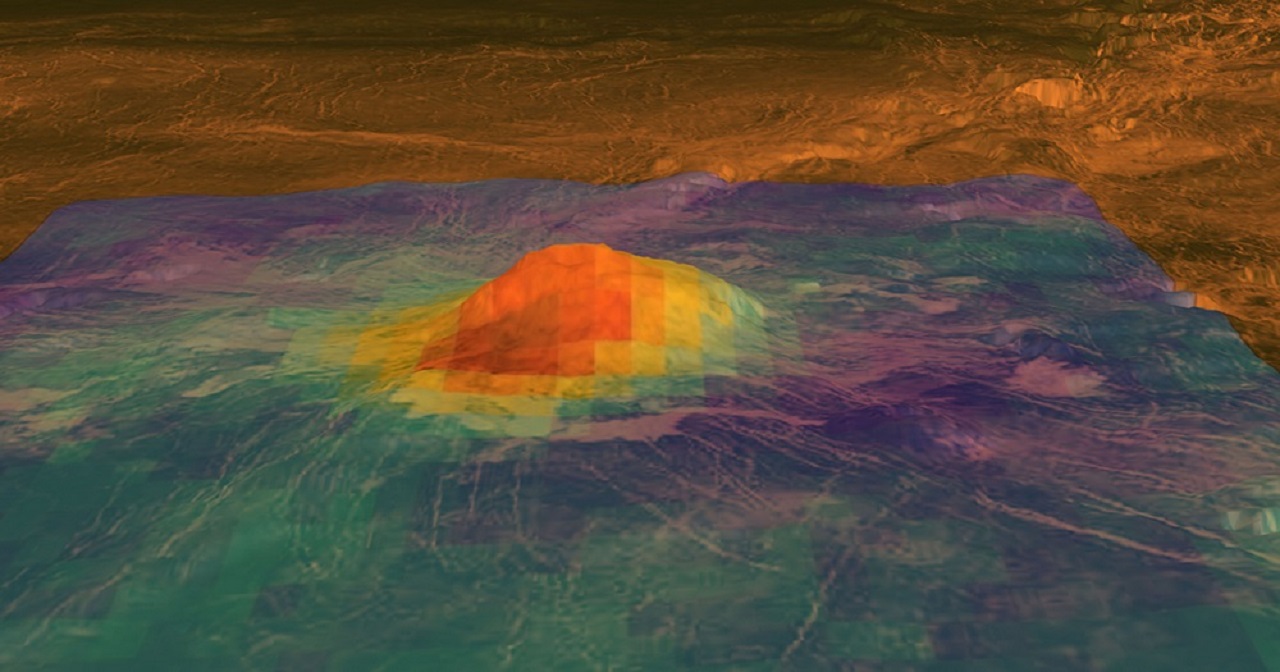At a fundamental level, Mars is a volcanic planet. Its surface is home to the Solar System’s largest extinct volcano, Olympus Mons, and another trio of well-known volcanoes at Tharsis Montes. And those are just the highlights: there are many other volcanoes on the surface. Though that volcanic activity ceased long ago, the planet’s surface tells the tale of a world disrupted and shaped by powerful volcanic eruptions.
Continue reading “You Can See the Spot Where Lava Broke Through the Wall of a Martian Crater and Began Filling it Up”You Can See the Spot Where Lava Broke Through the Wall of a Martian Crater and Began Filling it Up
